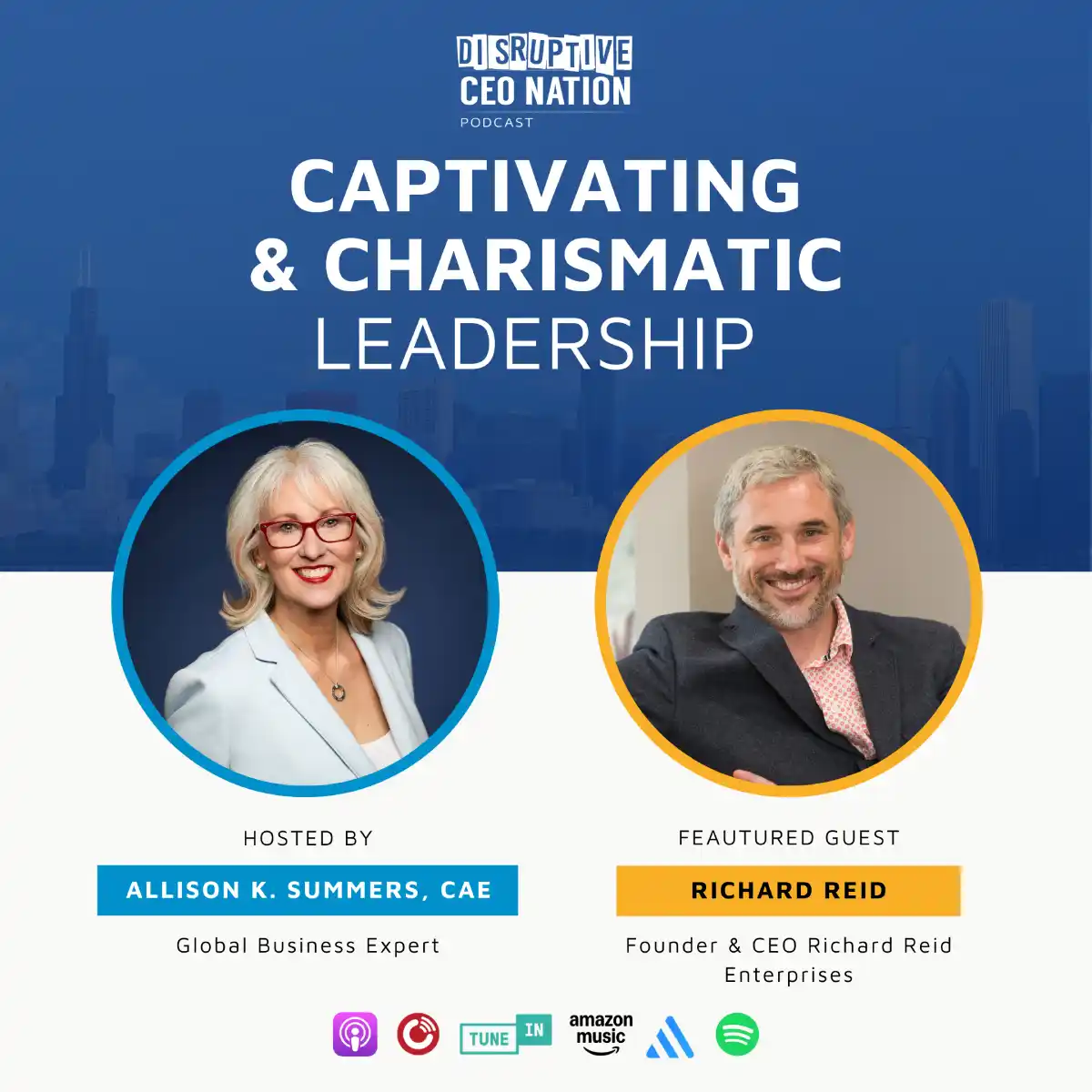In a world where businesses and individuals are often driven by profit and surface-level goals, Simon Sinek stands out as a thought leader who advocates for a deeper connection to purpose. As an author, motivational speaker, and organisational consultant, Sinek has transformed how we understand leadership, teamwork, and the importance of knowing one’s purpose. His influential TED Talk, “How Great Leaders Inspire Action,” has inspired millions to rethink their approaches to leadership and organisational culture.
This article will explore Simon Sinek’s fundamental ideas about purpose and leadership, examining the concept of “Starting with Why” and its applications in both personal and professional settings, as well as providing actionable strategies for integrating purpose into daily life. We will also address common misconceptions about purpose and discuss how Sinek’s teachings have impacted various fields, including business and education.
Understanding Purpose: Theoretical Foundations
At the heart of Simon Sinek’s philosophy is the idea that purpose is the driving force behind successful leadership and cohesive teamwork. Sinek emphasises that truly inspiring leaders and organisations start with a clear understanding of why they do what they do.
The Golden Circle
One of Sinek’s key contributions is the “Golden Circle” model, which illustrates how organisations and leaders can achieve success by focusing on three core questions:
1. Why: The most important question—why do you exist? What is your purpose? This is the core of any organisation or individual’s mission and vision.
2. How: What are the processes or values that guide how you achieve your purpose? This represents the unique ways in which you fulfil your why.
3. What: What do you offer? This is the tangible product or service provided by the organisation.
Sinek argues that while most organisations communicate from the outside in (starting with what), the most successful and inspiring leaders communicate from the inside out (starting with why). They convey their purpose first, inspiring loyalty and connection from both employees and customers.
The Role of Purpose in Leadership
Sinek highlights the significant role of purpose in leadership, positing that successful leaders inspire their teams by clearly articulating the underlying motivations of their work. Some key insights from his work include:
1. Creating a Sense of Belonging: When leaders communicate their “why,” they foster a sense of belonging among their team members, encouraging engagement and commitment.
2. Driving Innovation: A strong purpose motivates individuals to innovate and think creatively, as they see their work as contributing to a larger mission rather than merely completing tasks.
3. Building Trust: Leaders who are transparent about their purpose and who consistently align their actions with their values build trust within their teams, leading to increased collaboration and resilience.
Practical Applications of Purpose in Daily Life
Integrating purpose into personal and professional life can lead to greater satisfaction and success. Here are several actionable strategies for cultivating a purpose-driven mindset:
1. Define Your Why
Understanding your purpose is vital for personal and professional fulfilment. Take time to reflect on what truly matters to you, both in your career and life.
– Actionable Tip: Write down your answers to the following questions:
– What motivates you?
– What values are most important to you?
– When do you feel most fulfilled and engaged?
2. Communicate Your Purpose
Once you have defined your ‘why,’ it is essential to communicate it effectively to those around you; this can foster stronger relationships and align team efforts more effectively.
– Actionable Tip: Share your purpose statement with colleagues and ask for their feedback. Encourage an open dialogue about shared values and goals.
3. Seek Alignment
Ensure your daily actions and choices align with your defined purpose. This alignment can lead to increased satisfaction and a sense of accomplishment.
– Actionable Tip: Regularly assess whether your current job, projects, and relationships align with your purpose. If they do not, consider what changes are necessary to bring them into alignment.
4. Foster a Purpose-Driven Culture
If you are in a leadership position, actively promote a purpose-driven culture within your organisation. This can create a more engaged and motivated workforce.
– Actionable Tip: Organize team workshops that focus on exploring and articulating the collective purpose. Encourage collaboration and input, allowing everyone to contribute to the shared vision.
Addressing Common Misconceptions About Purpose
Despite the clear benefits of understanding and articulating purpose, several misconceptions can hinder individuals and organisations from embracing this concept fully.
1. Purpose is a Luxury: Some may believe that focusing on purpose is a luxury that only successful organisations can afford. However, embracing purpose can drive greater engagement and success in any organisation, regardless of size.
2. Purpose Equals Profit: While profitability is essential for sustainability, purpose goes beyond financial gain. Truly purpose-driven organisations prioritize their mission and values over immediate profits, leading to long-term success and loyalty.
3. Finding Purpose Takes Time: Many people feel overwhelmed by the process of finding their purpose, believing it requires extensive introspection. In reality, purpose evolves, and it’s essential to start somewhere—small steps can lead to clarity.
The Impact of Simon Sinek’s Work on Business and Education
Simon Sinek’s insights into purpose have had a profound impact on numerous fields. His teachings encourage leaders in business and education to adopt a more holistic approach that values purpose and connection.
Business
In the corporate world, many companies are now re-evaluating their missions to ensure they resonate with their employees and customers. By cultivating a clear sense of purpose, businesses can foster loyalty, employee engagement, and sustainable growth.
Example: Companies like Patagonia and Apple exemplify Sinek’s principles by placing purpose at the core of their operations, resulting in strong customer loyalty and innovative practices.
Education
In education, Sinek’s focus on purpose can transform the learning experience. Educators who help students connect their learning to a broader purpose can foster engagement, creativity, and critical thinking.
Example: Teachers can encourage project-based learning that relates subject matter to real-world issues, enabling students to see the relevance of their education and inspiring them to make positive contributions to society.
Conclusion
Simon Sinek’s insights into the power of purpose challenge us to rethink traditional approaches to leadership, collaboration, and personal fulfilment. By emphasizing the importance of starting with why and creating a culture of purpose, individuals and organisations can enhance performance, deepen connections, and foster lasting loyalty.
As we navigate the complexities of our personal and professional lives, integrating Sinek’s principles can empower us to lead with purpose and inspire those around us. Ultimately, embracing and articulating our why holds the potential to transform not only individual lives but also entire organisations, paving the way for a more meaningful and connected world. By aligning our actions with our purpose, we can cultivate a life of significance, fulfilment, and authentic connection.










